The history of the icebreaker "Baikal"
Icebreaker "Baikal"
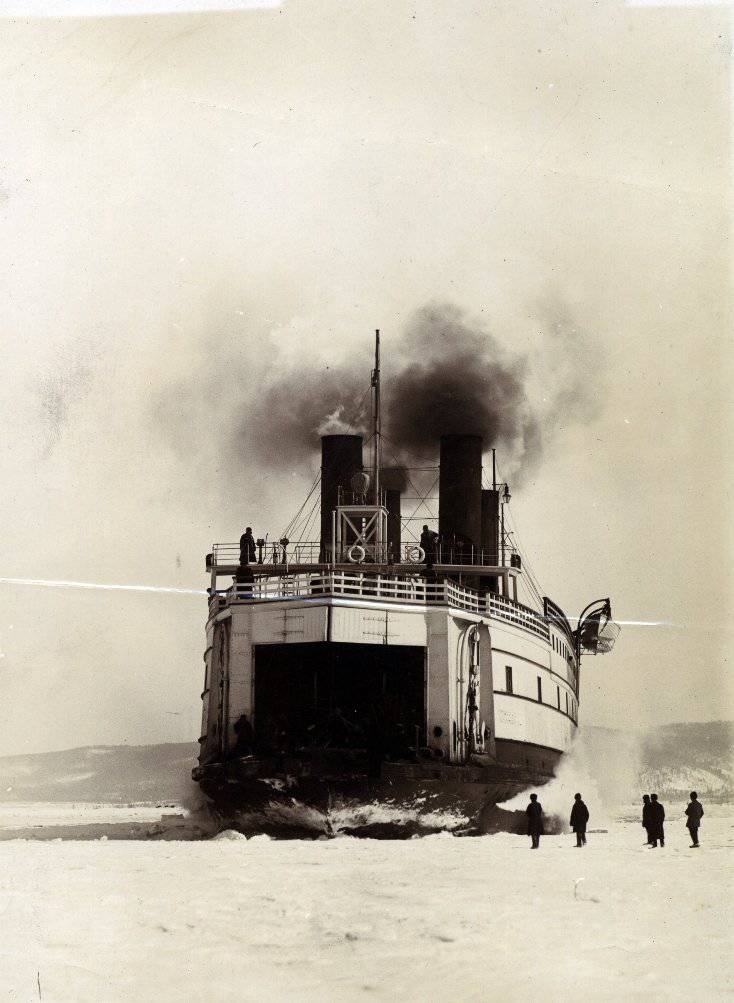
At the beginning of 1895, on the proposal of the Minister of Railways of Prince Khilkov, construction of a ferry crossing over Lake Baikal for the Trans-Siberian Railway was started.
Cover
To do this, 30 December 1895 was contracted with the British company Sir W. G. Armstrong, Vitworth and Co to manufacture disassembled icebreaking ferry without wooden works with spare parts.
Icebreaker drawings
Icebreaker drawings
In the spring of 1896, the icebreaker was disassembled and delivered for assembly in the village of Listvenichnoe.
Shipyard shipyard workers at Lake Baikal
After three years of construction, it was launched on June 17 1899.
The descent of the icebreaker 17.07.1899. Village Listvenichnoe
The descent of the icebreaker 17.07.1899. Village Listvenichnoe
The descent of the icebreaker 17.07.1899. Village Listvenichnoe
The descent of the icebreaker 17.07.1899. Village Listvenichnoe
The descent of the icebreaker 17.07.1899. Village Listvenichnoe
The descent of the icebreaker 17.07.1899. Village Listvenichnoe
The village of Larch on the day of the descent of the icebreaker on Lake Baikal
Prior to the commissioning of the Circum-Baikal road in the 1905 year, “Baikal” and later built “Angara” made two flights every day between the Baikal and Mysovaya piers.
Icebreaker "Baikal" at the station "Baikal"
Icebreakers summer pier
After that, the ferry operated as a backup, ensuring the uninterrupted passage of trains on the highway.
Icebreaker on the pier
Since the beginning of the civil war, the ferry was at the disposal of the Reds and was armed with guns and machine guns. After leaving Irkutsk in red, “Baikal” was assigned to the Mysovaya pier, where, after retreating from Irkutsk, the headquarters and rear institutions of the Reds were located.
Icebreaker "Baikal" in the ice of Lake Baikal
Icebreaker "Baikal" at the exit from the pier Tankhoy
Icebreaker "Baikal"
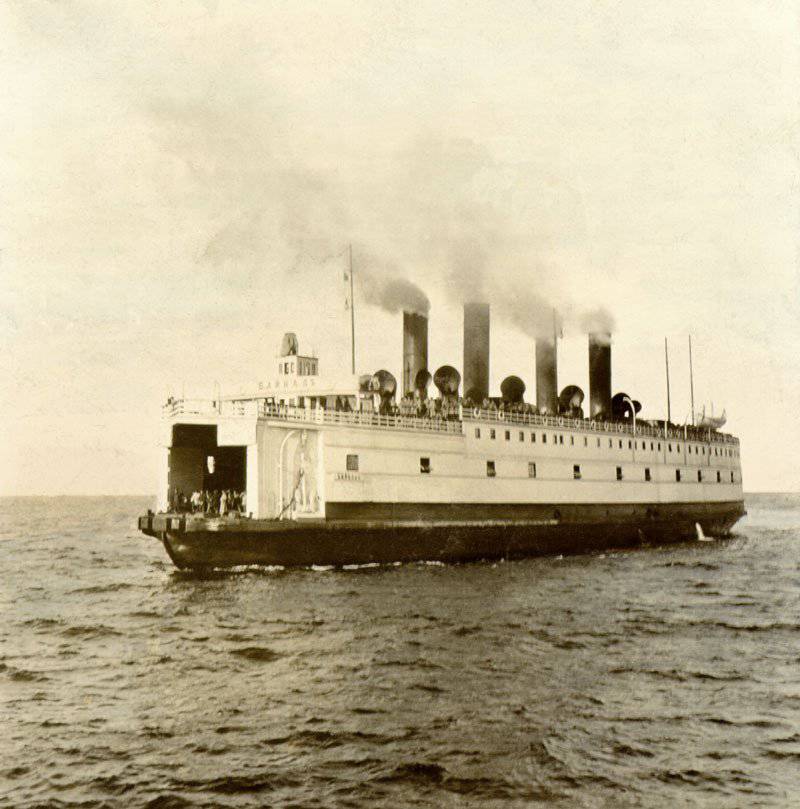
In August 1918, the icebreaker was shot by field artillery and burned at the Mysovaya pier.
Interior view of a burnt icebreaker
In the 1920 year, after the water was pumped out, the burnt hull of the vessel was towed to the port of Baikal, where it stood at least until 1926; after that was cut into metal. It is likely that the lower part of the hull is still at the bottom of the lake at the mouth of the Angara River. But the front propellers and part of the power plant are exactly preserved.
Icebreaker "Baikal"
Icebreaker "Baikal"
Icebreaker "Baikal"
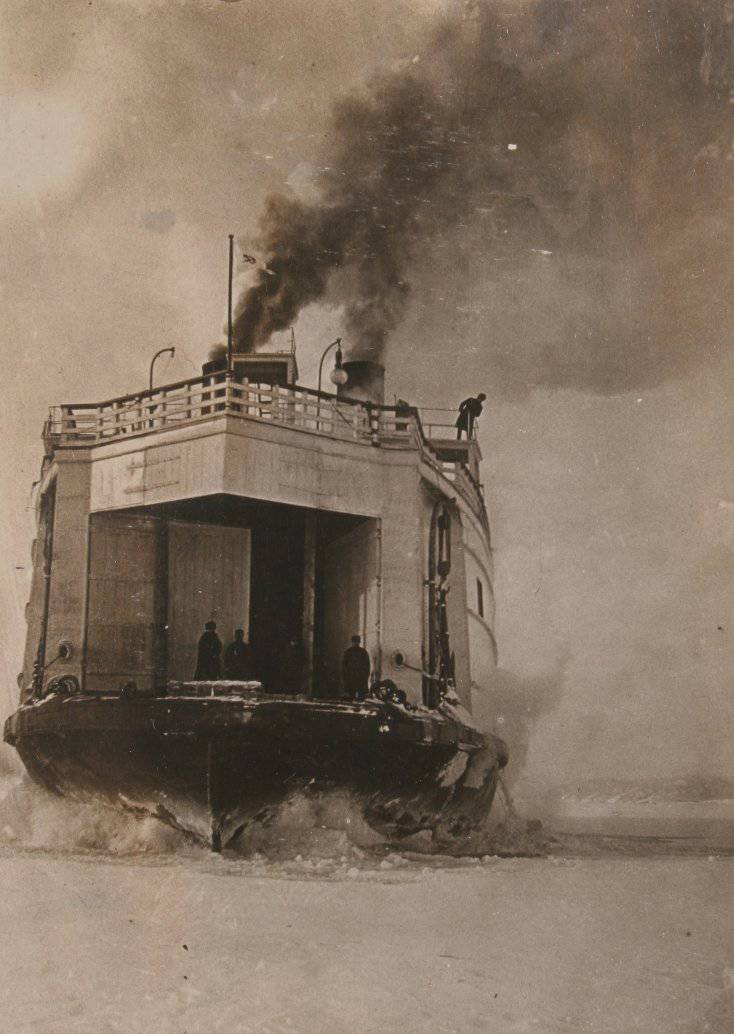
Icebreaker "Baikal"
Icebreaker "Baikal" in the harbor on the shore of Lake Baikal
On Baikal
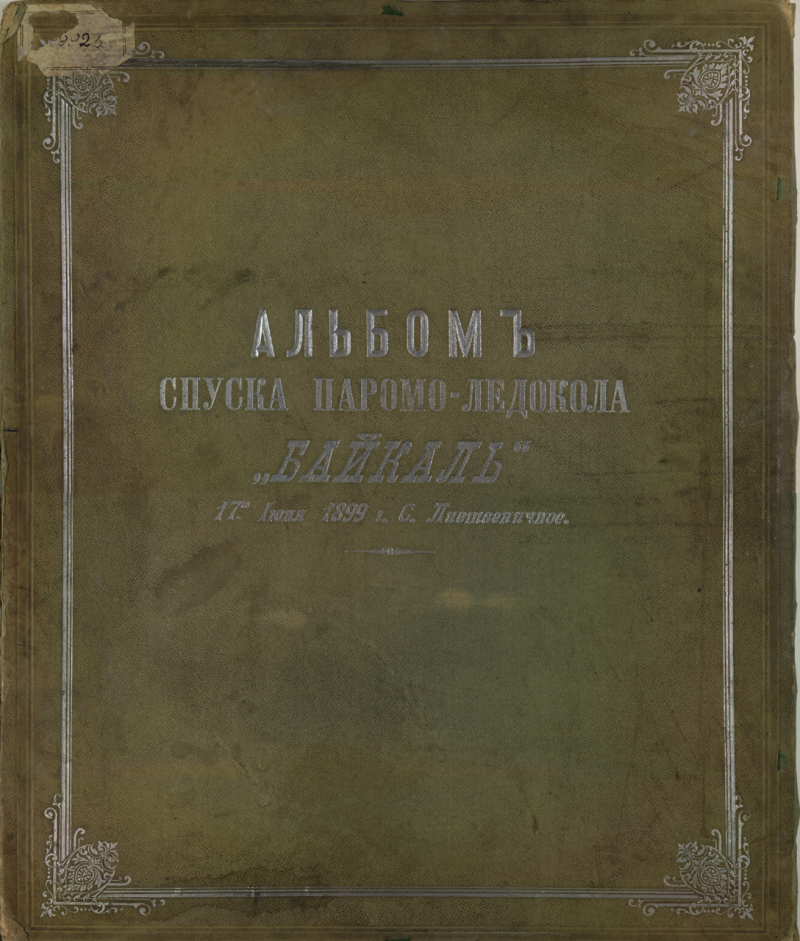

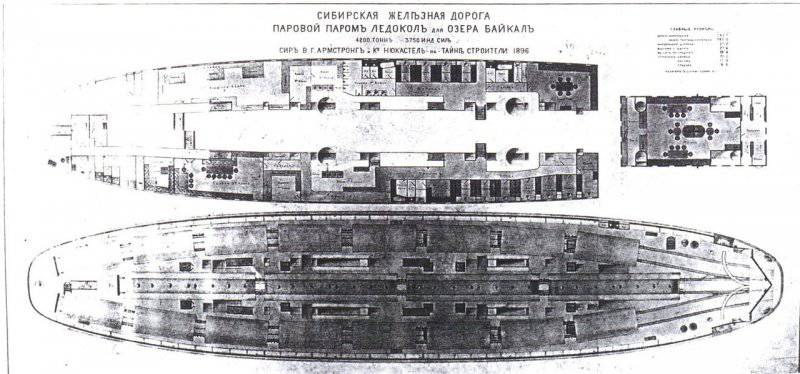
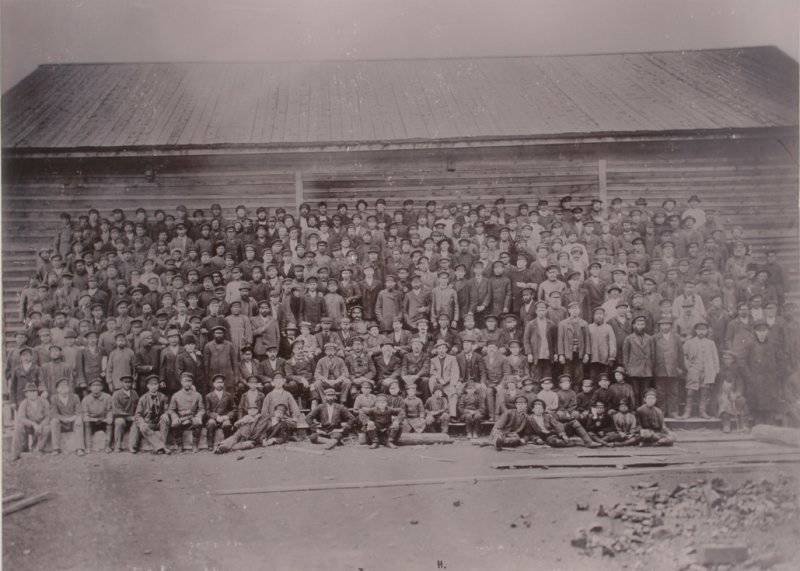
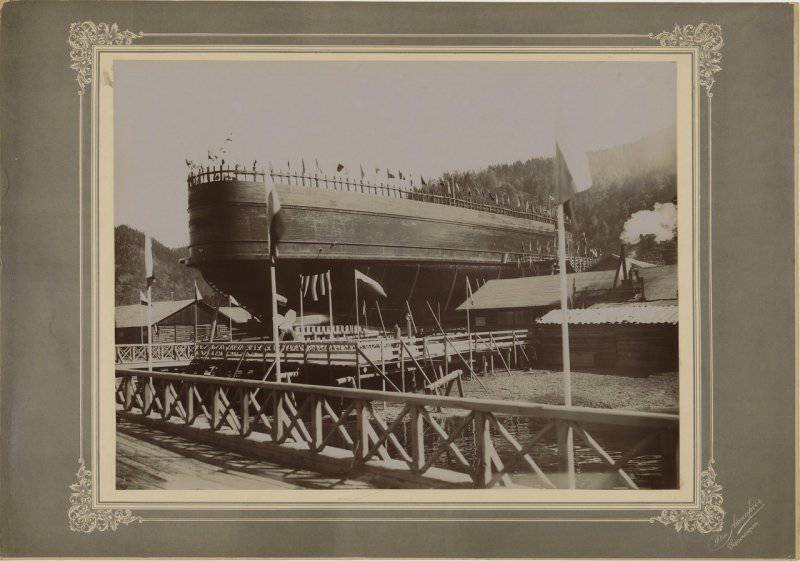
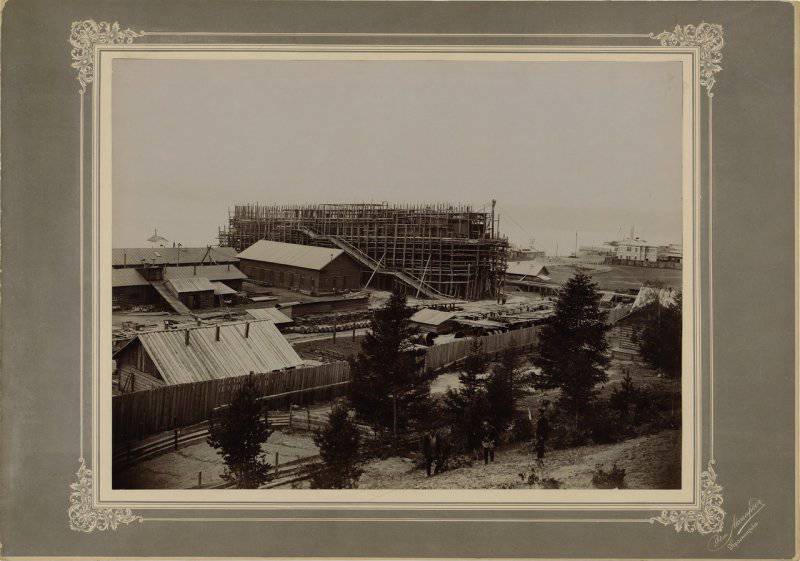
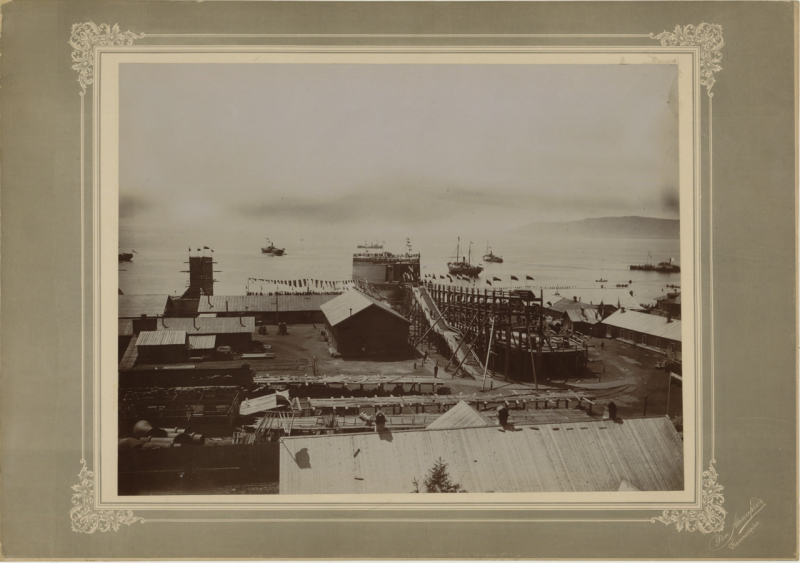
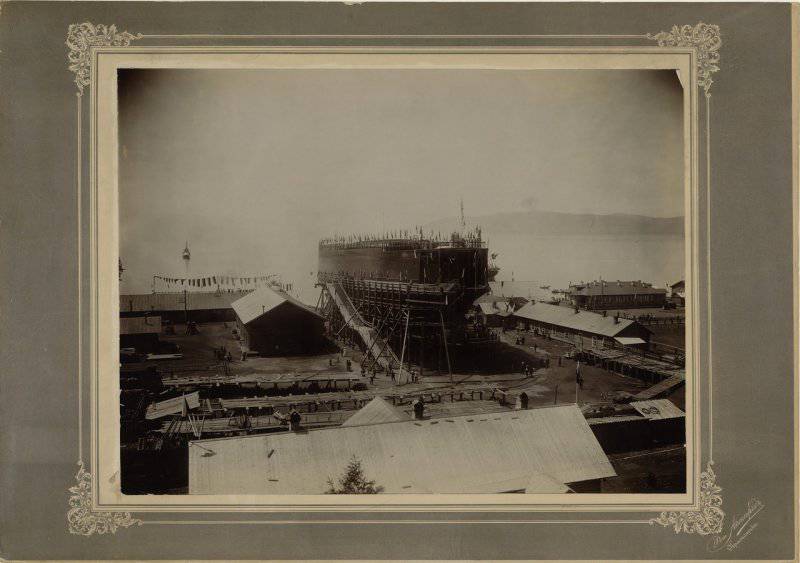
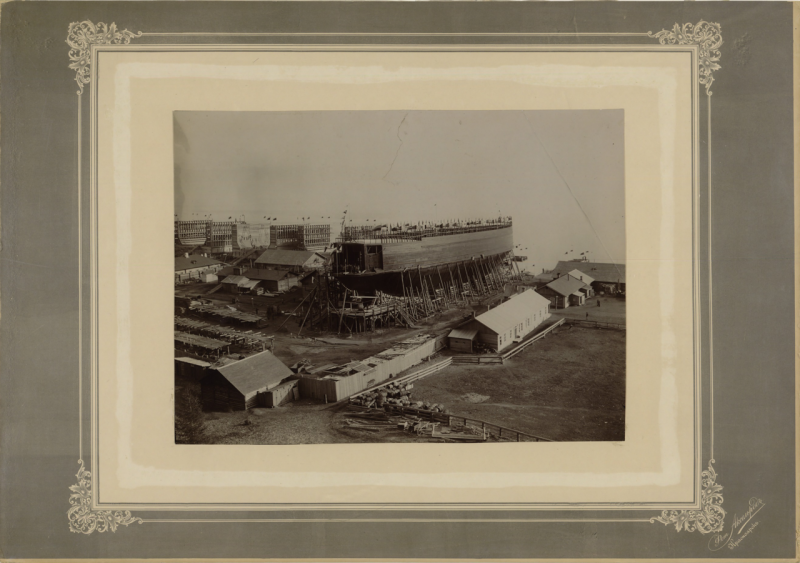
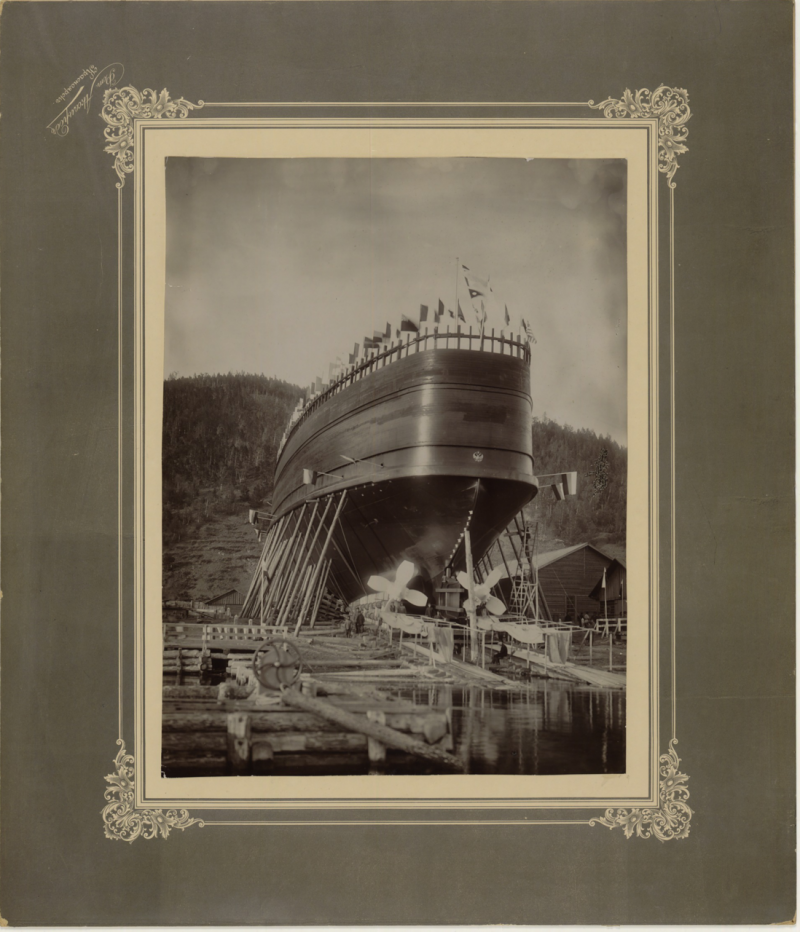
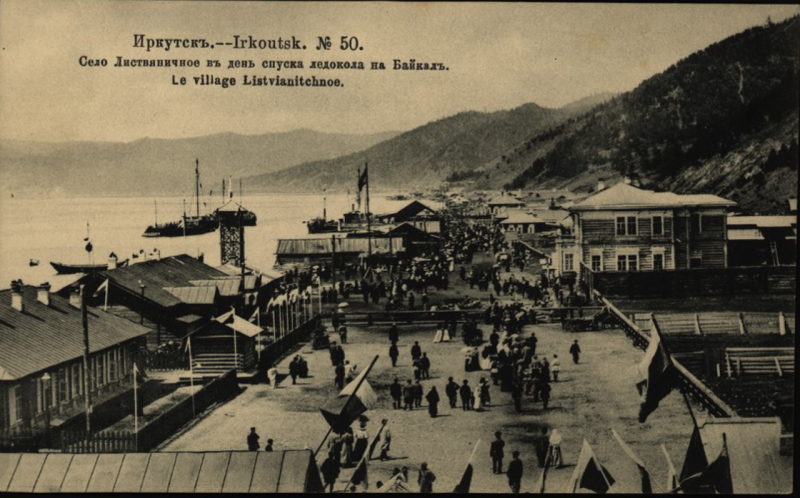
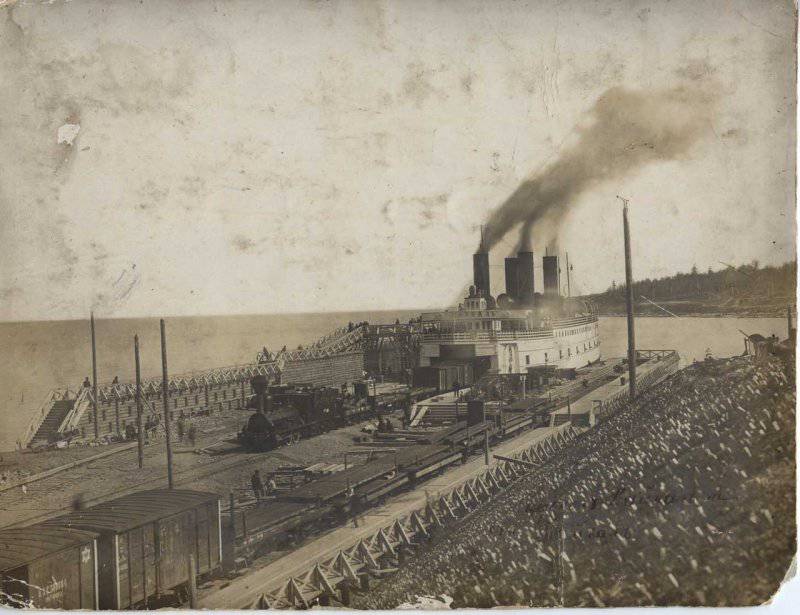
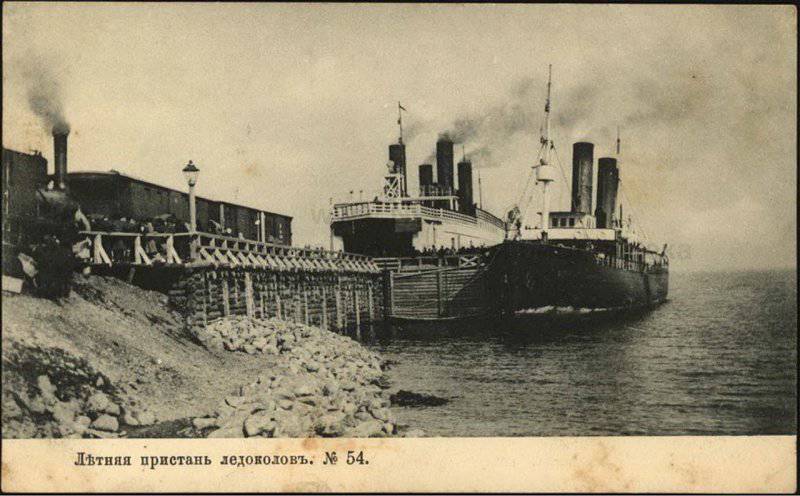
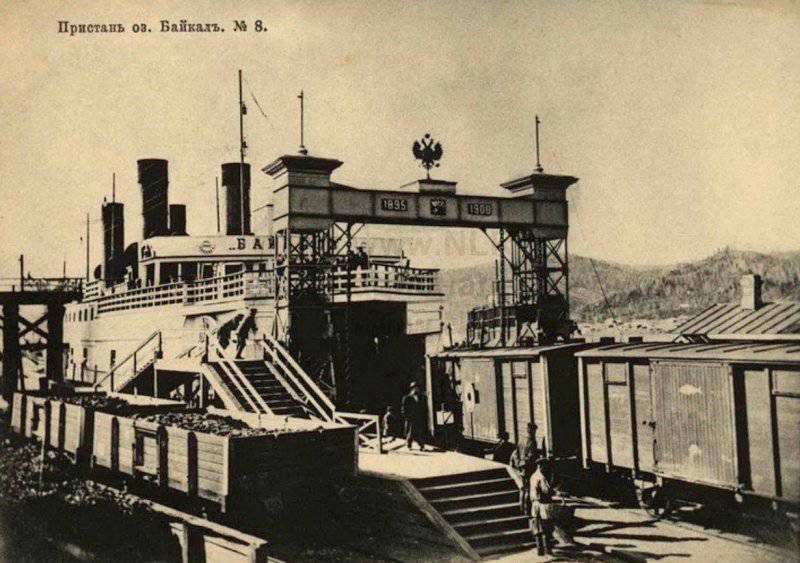
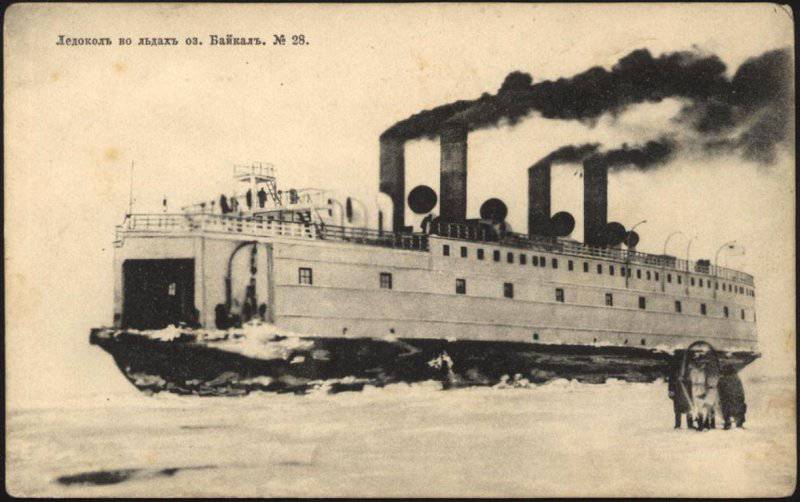
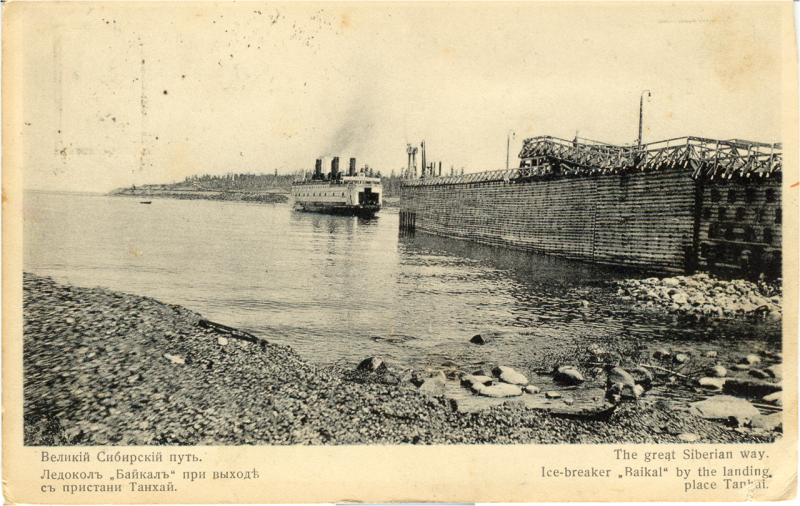
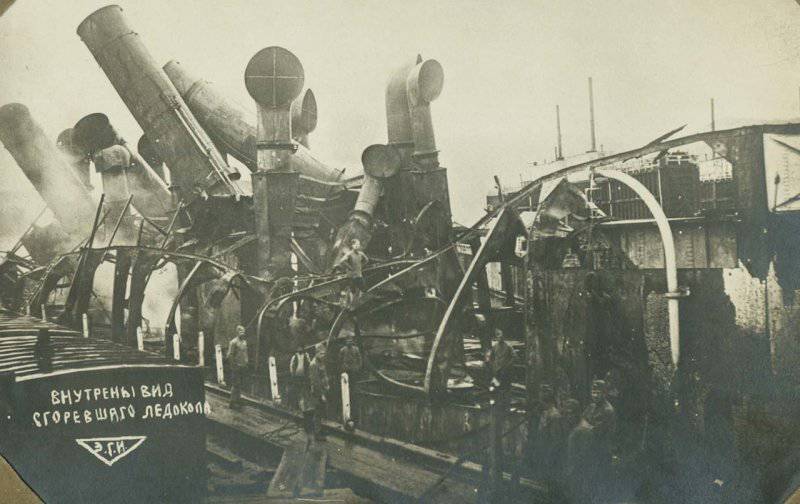
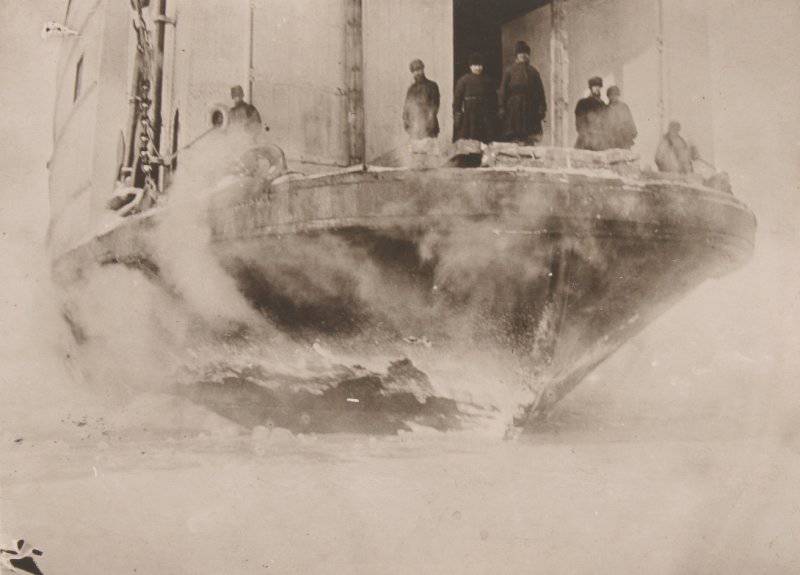
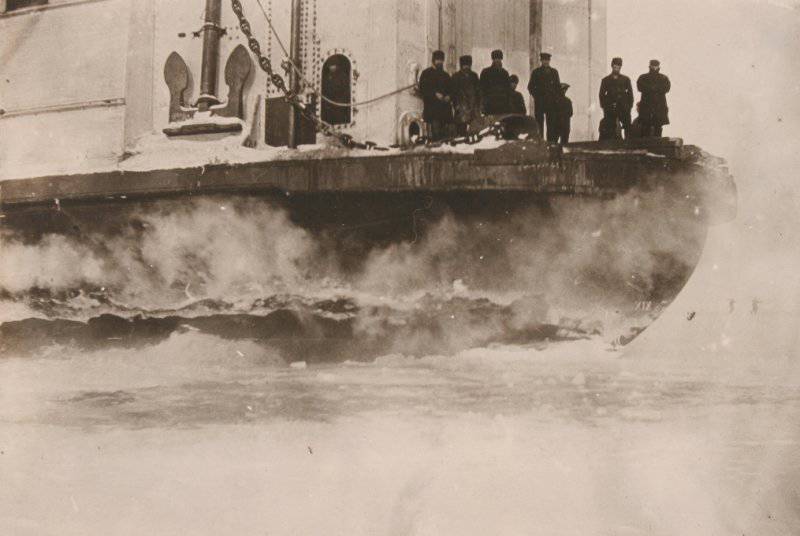
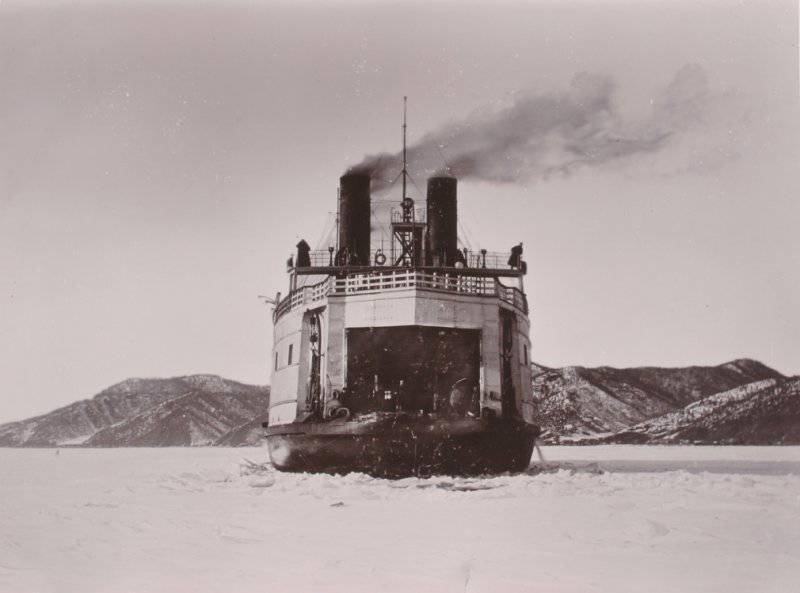
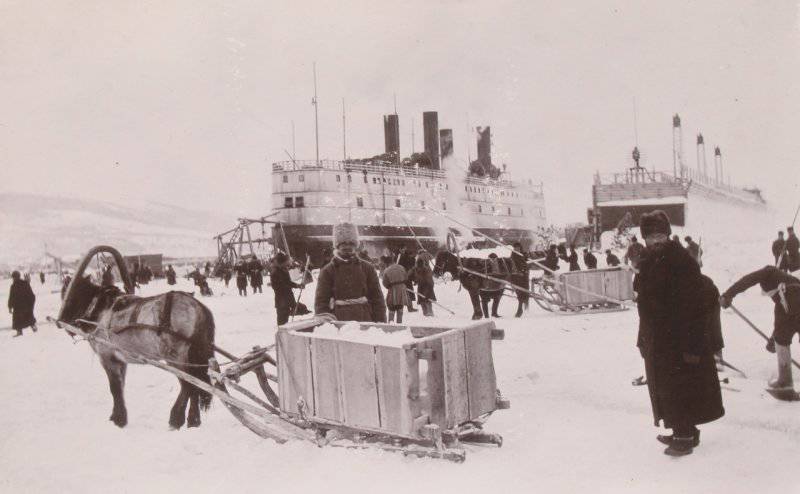
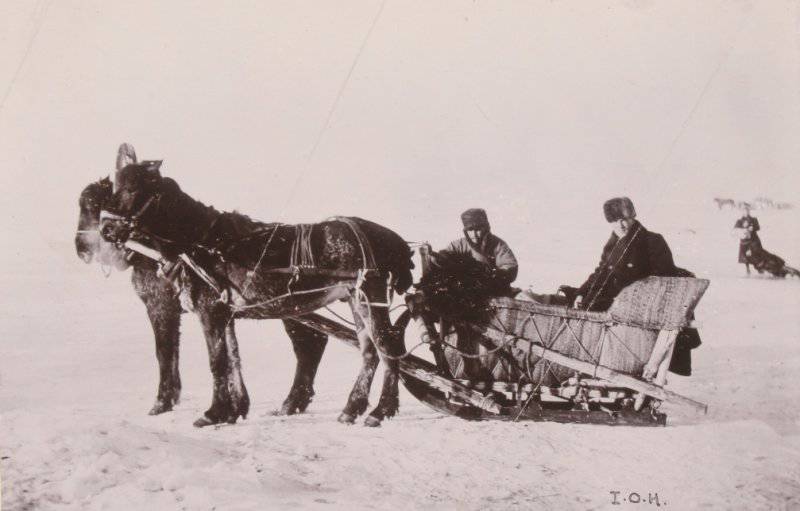
Information